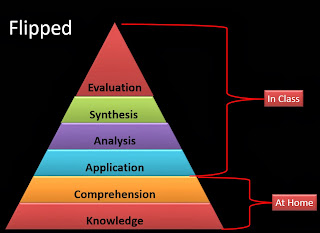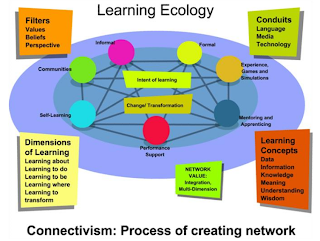
For
this week, I did a TEDed lesson called Master Oogway's Awesome Saying, it's a
fun one, but also one worth deeper thinking about it.
Language
Learning Objectives:
Students will be able to:
·
Understand
phrases and sentences within the conversation between Master Oogway and Po the panda.
·
Make use of contextual clues to infer meanings of unfamiliar words from
context
·
Understand and discuss ideas delivered in this lesson.
·
Develop and ask questions appropriate about the listening context
·
Understand and respond appropriately to the discussion question by
paraphrasing the ideas of the lesson and turn them into coherent and well
developed stories of themselves.
The purpose of this
lesson is to see if students could get the main idea of the wisdom quotes from Master
Oogway at the end. This lesson is very short but very straightforward, it
designed for advanced level Els in order to test their listening comprehension
and critical thinking ability. It’s easy to test their listening comprehension
by letting them do the multiple-choice questions, but how to get to know
students’ critical thinking ability is tricky, for this lesson, I use my discussion question to make students
think about how the lesson applies to them since it is a great way to create
empathy and encourage learning by making it personal. With them telling stories
of themselves I could evaluate how much they understand the lesson and by how
they related it with their own experiences, and besides that, maybe they could even
provide more wisdom saying or quotes to inspire us!
Hope you like the lesson, and, oh, here are some cute little ones~~
















